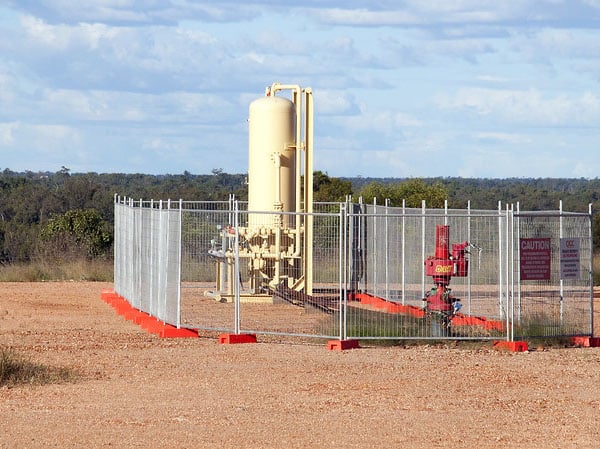Sigra was active at the start of coal seam gas development in Australia. The company’s initial involvement was in providing guidance to the University of Queensland between 1994 and 1996 in a multidisciplinary research project funded by the Queensland Electricity Commission into coal seam gas involving the disciplines of mining, earth sciences and chemistry.
With the appreciation that coal seam gas could be a viable commercial resource several exploration companies were formed to explore within Queensland and New South Wales. Sigra responded to their needs by building and providing drill stem testing services to measure permeability that suited economic mineral exploration drilling type operations as opposed to oilfield type drill rigs. This service was the backbone to exploration within the fledgling industry for seven years and continues to be used in its developed forms.
Sigra added to the services for the coal seam gas industry. These additions include gas content measurement through conventional core desorption, the development of a system to measure gas content during open hole drilling and a core barrel to capture all gas held within the formation being drilled. Sigra also provides the industry with pressure transducer installations to monitor the in-seam reservoir pressures.
Sigra provides sorption isotherm measurement services to measure the relation between pressure and the potential volume of gas held within the coal. These are either laboratory tests where a single gas type is forced back into the coal or Native Isotherms where the pressure is measured between steps of gas release. The latter is a Sigra development that measures the isotherm on initial desorption and overcomes the problems associated with having to recombine single gas isotherms by theoretical means.
Coal seams are complex unconventional reservoirs which display wide changes of permeability during the production cycle of gas from coal. Much of this is related to changes in effective stress within the coal. Sigra pioneered and continues to advance the prediction of these changes in permeability, which may make the difference between a viable development and one that will never pay its way. This is achieved by studying the stress changes that the coal undergoes during development and production. This is referred to as the stress path. It is calculated from stress measurement within the coal seam, the measurement of the poroelastic and shrinkage behaviour of the coal, the sorption isotherms and pressure within the seam.
Stress path analysis is part of a larger consulting service that can take a coals seam gas prospect from initial exploration through appraisal to production design using suitable completion techniques.
Sigra has also undertaken a number of reserve estimates for clients.
















